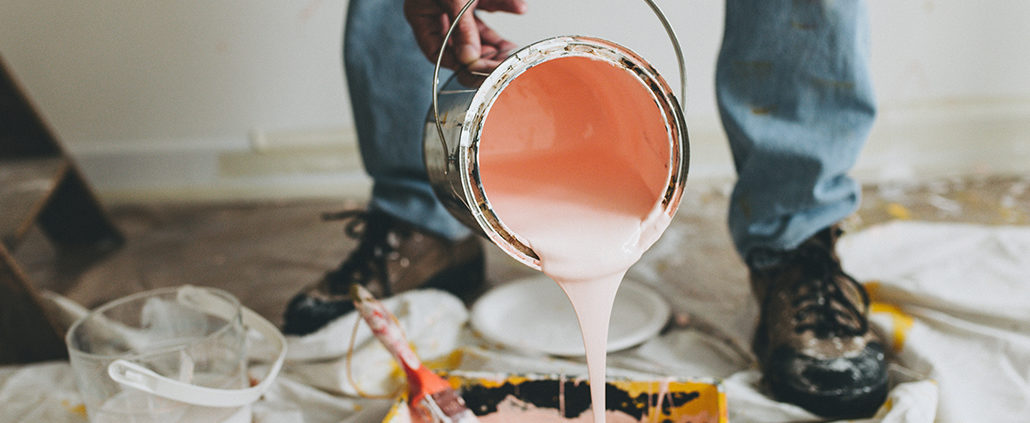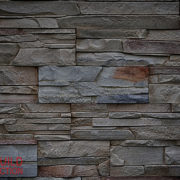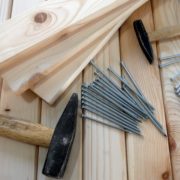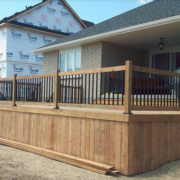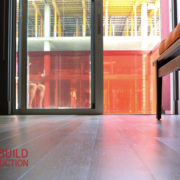How To Properly Prep Your Wall For Painting
Painting isn’t as simple as taking a brush and applying a new colour to the walls. If you want the coat of paint to go on smoothly and prevent cracking and peeling in the future, you have to properly prepare the walls.
What You’ll Need
- Drop Cloths
- A dry dust cloth
- A paint scraper
- Sandpaper, 80 to 120 grit
- Roller brushes
- Primer, selected for your needs
Preparing The Room And Cleaning The Wall
 You have to start by preparing the entire room for your painting project. Cover the floor and the furniture with drop cloths or plastic coverings, and cover the trim with painter’s tape. Remove the furniture if that’s needed, because it’s best to paint with a lot of room to move about and smoothly roll on the paint. If you’re finding yourself cramped by what’s in the room, make more room.
You have to start by preparing the entire room for your painting project. Cover the floor and the furniture with drop cloths or plastic coverings, and cover the trim with painter’s tape. Remove the furniture if that’s needed, because it’s best to paint with a lot of room to move about and smoothly roll on the paint. If you’re finding yourself cramped by what’s in the room, make more room.
This step in the preparation is not just to keep paint splatter from getting on your stuff; preparing the surface can be a bit messy, too! Now that you have the space to prep the wall, you’ll want to dust the entire wall and any nooks or crannies, making the surface clean from as many little particles as possible. In rooms that might be subject to more invisible contaminants, like the bathroom or the kitchen, it’s advised that you thoroughly clean the walls with water and soap or detergent.
Smoothing Out The Surface
In performing this clean-up, you might notice places where the previous coat is cracking, flaking, or covered with little bumps. These imperfections have to be removed before you can begin painting, because they’ll ruin your new coat. For flaking paint, take a paint scraper and gently remove it, sanding off any rough edges.
If you notice plaster bumps, take some 80-grit sandpaper and smooth them out. You might have to put some elbow grease into it, so have a block on hand or rent an electric sander. If these bumps are a major problem, you might have to smooth out the surface with some skim coat, but this is more likely to be a problem with a ceiling coated in plaster rather than the walls of your room.
Coating With Primer
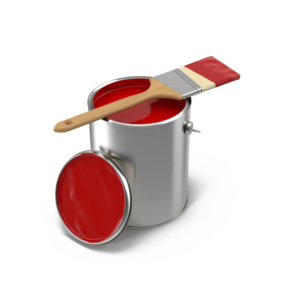
There’s still one step to take care of before you can paint, and that’s applying a coat of primer. There are several types of primer, and you need to purchase the one that best reflects the state of your walls:
- Latex or water-based primer should be used on brand new drywall. It is also the primer of choice for exterior walls and bare wood.
- Oil-based primer is a great choice for when temperatures flux; this primer is flexible, allowing the coat to stand up to any expansions and contractions the paint might go through if the temperature changes. It also covers up stains to prevent them from showing through the paint.
- Shellac primers can also be used for walls that have bad water damage, smoke, or other superficial stains that need to be covered up.
If you’re unsure about what primer to use in your situation, head over to your local paint or hardware store and describe the walls to them; they’ll help you choose the primer you need to get the job done. Roll on the primer like you would paint, and once it’s dry, you’re ready for your new coat of paint!

